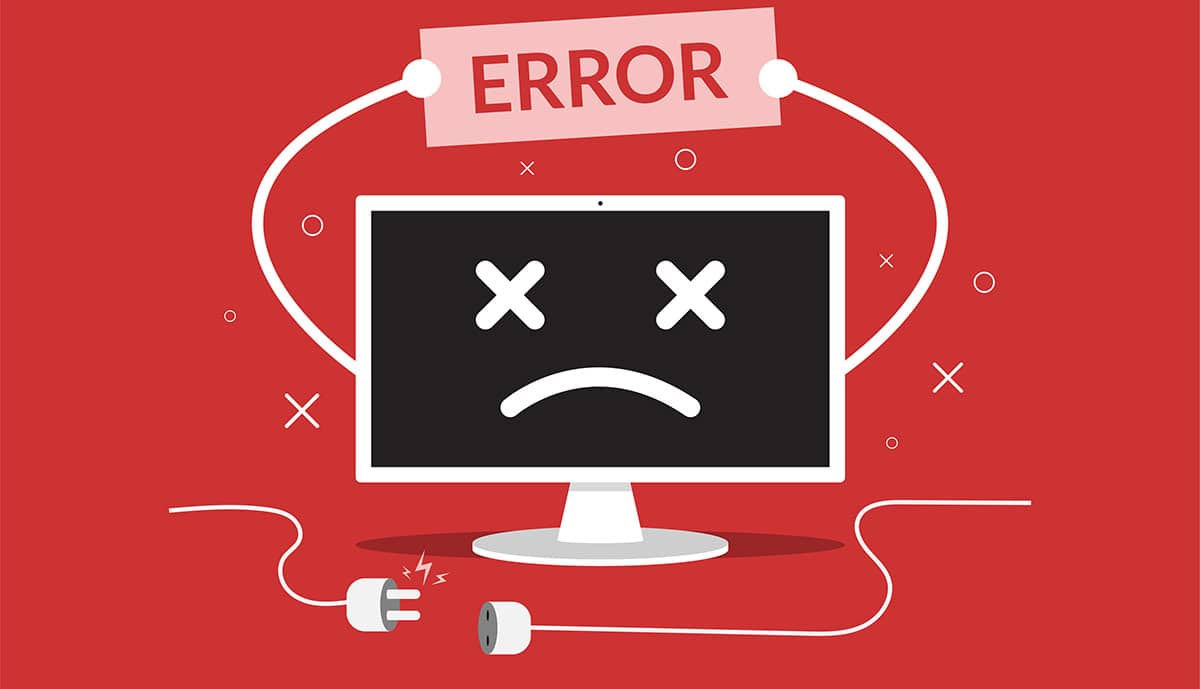A Mac that won't start is certainly the nightmare of all users of Apple machines, and it's easy to find yourself helpless when it happens to you, especially for the first time.
The problem is that it is often quite complicated to see where the fault could come from. So in this article, we invite you to see the most common cases one by one, as well as what you will have to do to try to restart your Mac or, in the worst case, save what can be saved as much as possible!
Does your Mac that won't boot still have battery, is the cable still working?
It may seem silly, but it's a situation that happens quite often and is often quite benign. Your Mac that won't start may simply be out of battery, for several reasons.
Often, if you forgot to plug it in, it shows. What appears much less obvious, however, is if the cable is defective. We will therefore always advise you to test a second one to see if that resolves the situation.
Likewise, the plug/power strip you are using may be defective. So test it with another or test them with another device to confirm this. If so, there is definitely a problem, but rest assured, your Mac is fine!
Attempt a forced restart
If it's not a battery problem or even just a portable Mac, try a forced restart procedure. Let's start with laptops.
To do this, press the power button on your Mac for 10 seconds, which does not start. You should then hear a small sound, as if everything suddenly shut off, this is completely normal. Then press the start button again to launch it.
If you have a desktop computer, the first thing to do will be to unplug it. Then, keep the start button pressed again for about ten seconds. Then plug in the Mac that won't start and try turning it back on.
If your Mac won't start at all, you probably have a hardware problem.
If these first two techniques did not succeed in at least mechanically restarting your computer, then there is a good chance that the failure is mechanical!
In this case, you will not have 540 solutions available to you, you will have to go to an approved center that repairs Macs. Remember to take your proof of purchase for the warranty if it is still valid.
Moreover, if the problem came from the charging cable, do not hesitate to go to the store so that it can be exchanged free of charge under the guarantee that we have just told you about.
Launch your Mac in Safe Mode
If you are still here, it is because you have a Mac that does not start its system, even though your machine is mechanically launching. The first thing to do will be to try to force the boot in safe mode.
The latter removes a lot of features, focusing on the launch. However, this can allow you, for example, to recover your data in order to avoid losing it in the process!
If you have a Mac that does not start, with an Intel chip, start it by holding the Shift button on your keyboard to enter this mode. If you have a Mac chip, just hold down the start button until a menu appears. Then choose Safe Mode by holding Shift. Once you click on it, you can release the key.
Fix a Mac that won't start with Time Machine
If you manage to launch your Mac which does not start in safe mode, we advise you to go through time Machine Next. This feature will allow you to make backups of your computer.
So, if you ever had to reinstall MacOS or worse, you would at least have the guarantee of being able to recover your data once everything is reinstalled without having lost everything in the process.
Therefore, if you have not yet done so, we encourage you to use this functionality to avoid any unpleasant surprises and thus never lose your data again, even in the event of a problem.
Attempt a reboot in Recovery mode
Unfortunately, if everything doesn't work, your last attempt will be either to reinstall MacOS or to make a Time Machine backup as we told you previously.
We advise you to try both and first Time Machine. But for this, you will have to launch your Mac which does not start in “Recovery” mode. To do this, make sure it is turned off.
On a Mac with an Intel chip, turn it on, while holding down the Command and R keys until the Apple logo appears on the screen. For Apple chips, simply hold down the start button until an option screen appears. There, select “Recovery” mode.
Once it's done, try repairing with Time Machine and reinstalling as we advised you previously. If these two techniques do not work, the failure is surely quite severe.
It may even be a mechanical breakdown that is the cause of all these problems. In this case, unless you are a computer expert, what we will advise you is to go to an Apple authorized repairer.
If you have the guarantee, don't forget to bring it. If the repairer is approved, he will be able to carry out the repairs and have them covered by the warranty at the same time. Otherwise, don't hesitate to ask for a quote beforehand to avoid unpleasant financial surprises!





Need help ? Ask your question, FunInformatique will answer you.